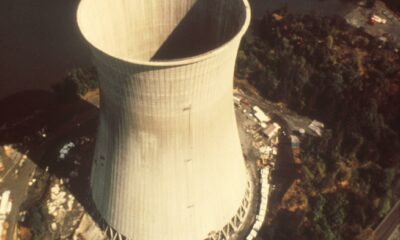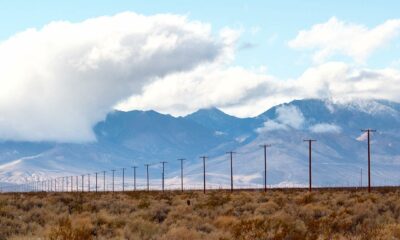Executive
Study Quantifies Germany’s Disastrous Switch Away From Nuclear Power
Germany switched out of nuclear power to try to reduce carbon emissions and ended up making electricity more expensive for everyone.
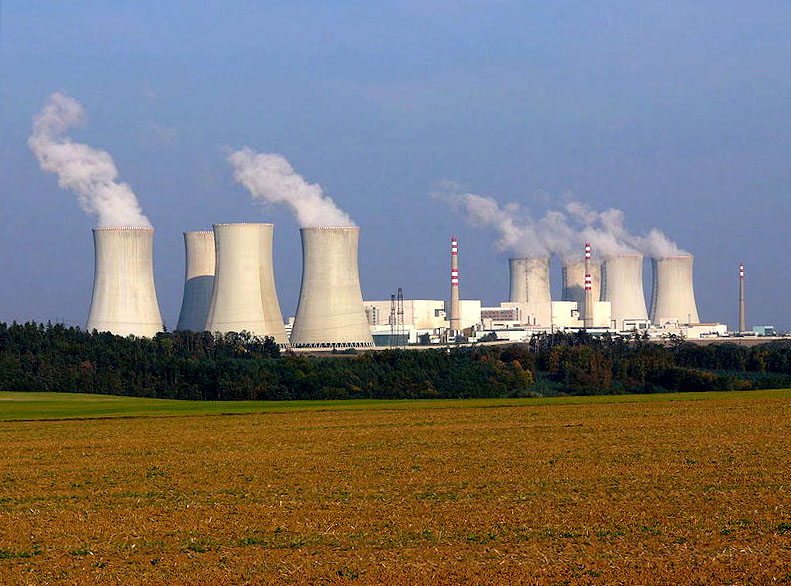
At the dawn of the millennium, Germany launched an ambitious plan to transition to renewable energy. “Die Energiewende” initiated a massive expansion of solar and wind power, resulting in a commendable 25 percent reduction in carbon emissions by 2022 compared to 2002.
Phasing out nuclear power
But while Energiewende slashed pollution through building out renewable energy sources, it also phased out Germany’s fleet of safe, carbon-free nuclear power plants, a longtime goal of environmental activists afraid of nuclear’s salient – but in actuality small – dangers. The result, according to a new analysis recently published to the International Journal of Sustainable Energy, has been a boondoggle for consumers and for the environment.
In 2002, nuclear power supplied about a fifth of Germany’s electricity. Twenty-one years later, it supplied none. A layperson might think that cheap wind and solar could simply fill the gap, but it isn’t so simple. Once up and running, nuclear reactors provide reliable, affordable “baseload” power – electricity that’s available all the time. Ephemeral renewables simply can’t match nuclear’s consistency. And since an advanced economy like Germany’s requires a 100 percent reliable power grid, fossil fuel power plants burning coal and natural gas were brought online to pick up wind and solar’s slack.
The net result of German politicians’ shortsightedness in phasing out nuclear power is a vastly pricier grid. The new analysis shows that if Germans simply maintained their 2002 fleet of reactors through 2022, they could have saved themselves roughly $600 billion Euros. Why so much? Well, in addition to their construction costs, renewables required expensive grid upgrades and subsidies. Moreover, in this hypothetical scenario where nuclear remained, Germany enjoyed nearly identical reductions in carbon emissions.
They could have reduced their carbon footprint even further – with nuclear
Jan Emblemsvåg, a Professor of Civil Engineering at Norway’s NTNU and the architect of the analysis, imagined another scenario out of curiosity. What if the Germans had taken the money spent on expanding renewables and instead used it to construct new nuclear capacity? According to his calculations, they could have slashed carbon emissions a further 73% on top of their cuts in 2022, while simultaneously enjoying a savings of 330 billion Euros compared to the massive costs of Energiewende.
Policymakers in other countries looking to decarbonize their grids should take note.
This article was originally published by RealClearScience and made available via RealClearWire.
Steven Ross Pomeroy is the editor of RealClearScience. As a writer, Ross believes that his greatest assets are his insatiable curiosity and his ceaseless love for learning.
-

 Civilization3 days ago
Civilization3 days agoDC Pipe Bomb Arrest Raises Questions About Christopher’s Wray’s FBI
-

 Civilization4 days ago
Civilization4 days agoThe Legal Logic Behind U.S. Operations Against Narco-Terrorist Networks
-

 Executive4 days ago
Executive4 days agoNewsom’s ‘National Model’ for Homeless Wracked by Fraud
-

 Executive3 days ago
Executive3 days agoWhen You’re in a Hole, Stop Digging
-
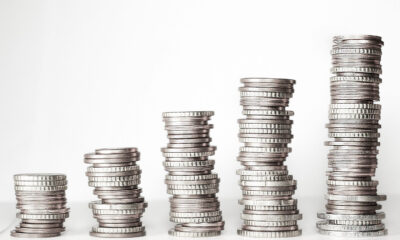
 Education3 days ago
Education3 days agoWaste of the Day: Taxpayers Subsidize Football Coach Severance
-

 Executive2 days ago
Executive2 days agoWaste of the Day: Obamacare Failed Test, Approved Fraudulent Subsidies
-
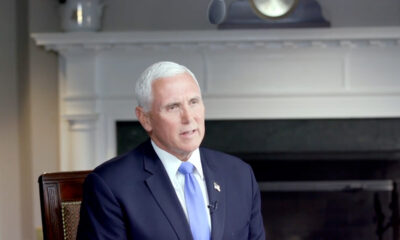
 Civilization2 days ago
Civilization2 days agoPence Calls on Trump To Fire RFK Jr Over Abortion Drug
-

 Executive4 days ago
Executive4 days agoWaste of the Day: Feds Pay Nonprofits That Sue the Government





